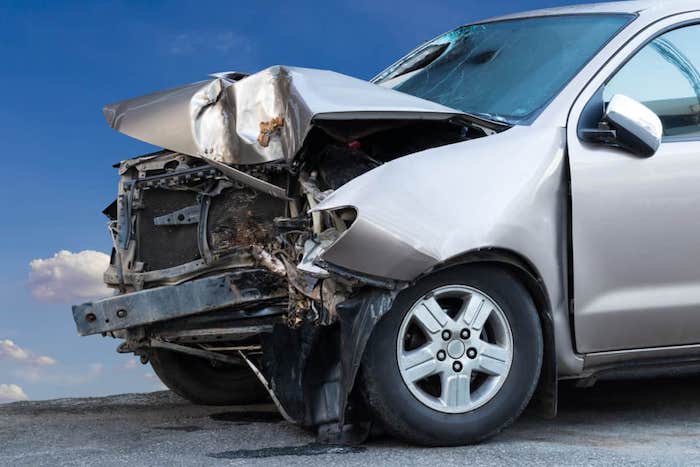When you total your car, you become eligible for a settlement that equates to the value of your car. If you took out a loan or were renting the car, it is possible that you still owe money on the car. The amount of a loan typically exceeds the value of the car. That is why you opt-in for gap coverage. Gap coverage insures the amount that you owe on the car after it is totaled. Purchasing gap coverage is not unique to car dealerships.
Many car insurance companies offer gap coverage after purchasing a vehicle, but the value of gap coverage goes down the older a vehicle gets. The value of gap coverage is better when the car is newer. The older a car gets, the less valuable gap coverage is.
Depreciation plays a big role in the value of gap coverage. A car depreciates quickly, immediately losing value as soon as you start to drive it. The gap between the value of the car and the loan increases every time you drive it. If your car is not paid off, then you should get gap coverage. Otherwise, there is no way to pay for the money that you owe if the car is totaled. If you have gap coverage, you should also have collision coverage and comprehensive coverage. All of those types of auto insurance coverages insure the full amount of the vehicle is covered in the event of an accident.
What If I Do Not Have Gap Coverage?
Most car salesmen require you to opt-in to gap coverage. If you are buying a new vehicle, then you are definitely required to purchase gap coverage. In many cases, it is not an option. For a vehicle of lesser value, you may have the chance to avoid gap coverage. The value of the vehicle decreases, but the loan amount should not be far behind it.
If an older vehicle is totaled, you will still be responsible for the loan you took out. You will receive the settlement check for the value of the vehicle. If you still owe money on the loan after the settlement, you will have to continue paying for it. The check would also not be made out to you; it would be made out to the lender who sold you the car. However, it is not always worth it to purchase gap coverage for an older vehicle. Look at the amount you loaned next to the value of the vehicle. Can you pay for the gap in cash? If so, consider opting out of gap coverage.
What If My Car Loan Exceeds The Value Of My Vehicle?
A type of loan that exceeds the value of the item is called an upside-down loan. Being upside down on your car loan means that depreciation lowered the value of the vehicle, and you still owe money on the loan. If your car loan exceeds the value of your vehicle, it is especially important to pay for gap coverage.
You do not want a car valued at $5,000 with $10,000 left on the loan. You especially do not want to continue to owe that $10,000 after the car has been totaled. Nobody wants to pay for something that they no longer have. To keep from trapping yourself in a large loan, consider gap coverage. The higher the amount of the loan, the more you need gap coverage. This type of coverage is so valuable, it may even cover the costs of your collision deductible. It is an all-around necessary type of coverage to have.

